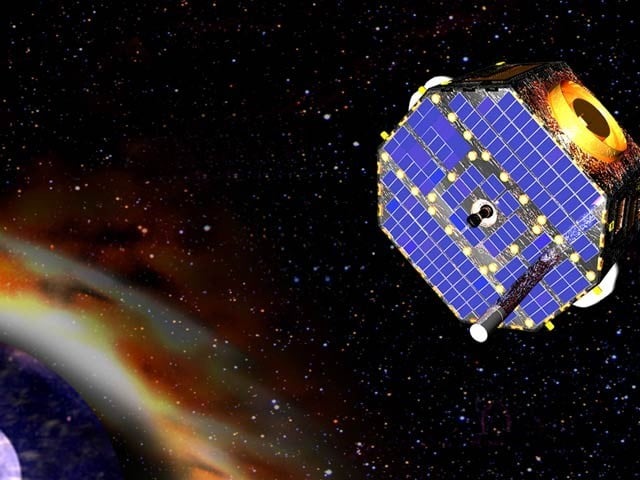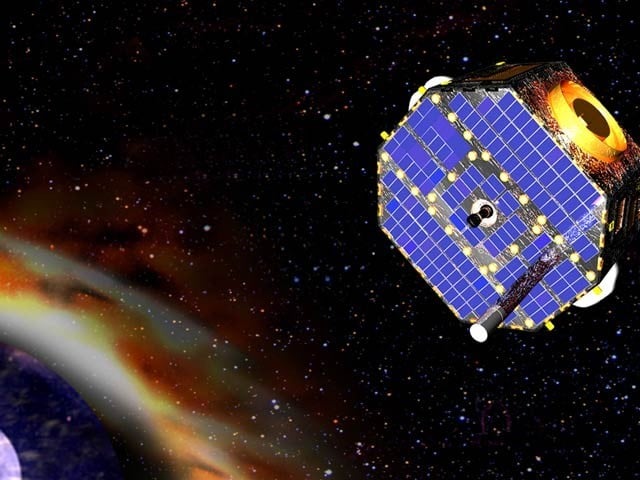
After two days of continuous work by NASA experts, the entire system of the Ibex spacecraft has been reactivated. Photo: NASA
Pasadena, California: After being idle for several weeks, the spacecraft sent to study the Sun’s atmosphere has been fully reactivated after ground instructions and a reboot process by NASA experts.
The satellite, whose full name is the Interstellar Boundary Explorer (IBEX), has been malfunctioning for the past three weeks and has not been responding to Earth signals. After that in March, the experts instructed and rebooted it for two consecutive days, after which it finally reacted on March 2 and now the important spacecraft is fully operational.
The spacecraft is currently near the heliosphere. The heliosphere is a bubble-like structure consisting of a solar wind of charged particles emitted from the Sun, which is very important in terms of research. The heliosphere is the outer bubble-like layer of the Sun that contains the magnetosphere and the outermost layer of the Sun. It is for this reason that the IBEX spacecraft has been designed to study this very feature of the Sun.
Although it was announced by NASA on March 6, the work was actually completed on March 2 after which its functions were being satisfactorily verified. For this, experts have reset the spacecraft’s external system, which has been called a ‘firecode’ reset, while its electrical system has been reset on March 4.
After several confirmations, it has been said that the entire system of the IBEX spacecraft is working normally. The spacecraft was launched into space in 2008. It should be noted that as soon as the heliosphere ends, the space between the stars (interstellar space) begins.
IBEX aims to fully map the heliosphere while also taking images of the entire sky every six months.
(function(d, s, id){
var js, fjs = d.getElementsByTagName(s)[0];
if (d.getElementById(id)) {return;}
js = d.createElement(s); js.id = id;
js.src = “//connect.facebook.net/en_US/sdk.js#xfbml=1&version=v2.3&appId=770767426360150”;
fjs.parentNode.insertBefore(js, fjs);
}(document, ‘script’, ‘facebook-jssdk’));
(function(d, s, id) {
var js, fjs = d.getElementsByTagName(s)[0];
if (d.getElementById(id)) return;
js = d.createElement(s); js.id = id;
js.src = “//connect.facebook.net/en_GB/sdk.js#xfbml=1&version=v2.7”;
fjs.parentNode.insertBefore(js, fjs);
}(document, ‘script’, ‘facebook-jssdk’));



